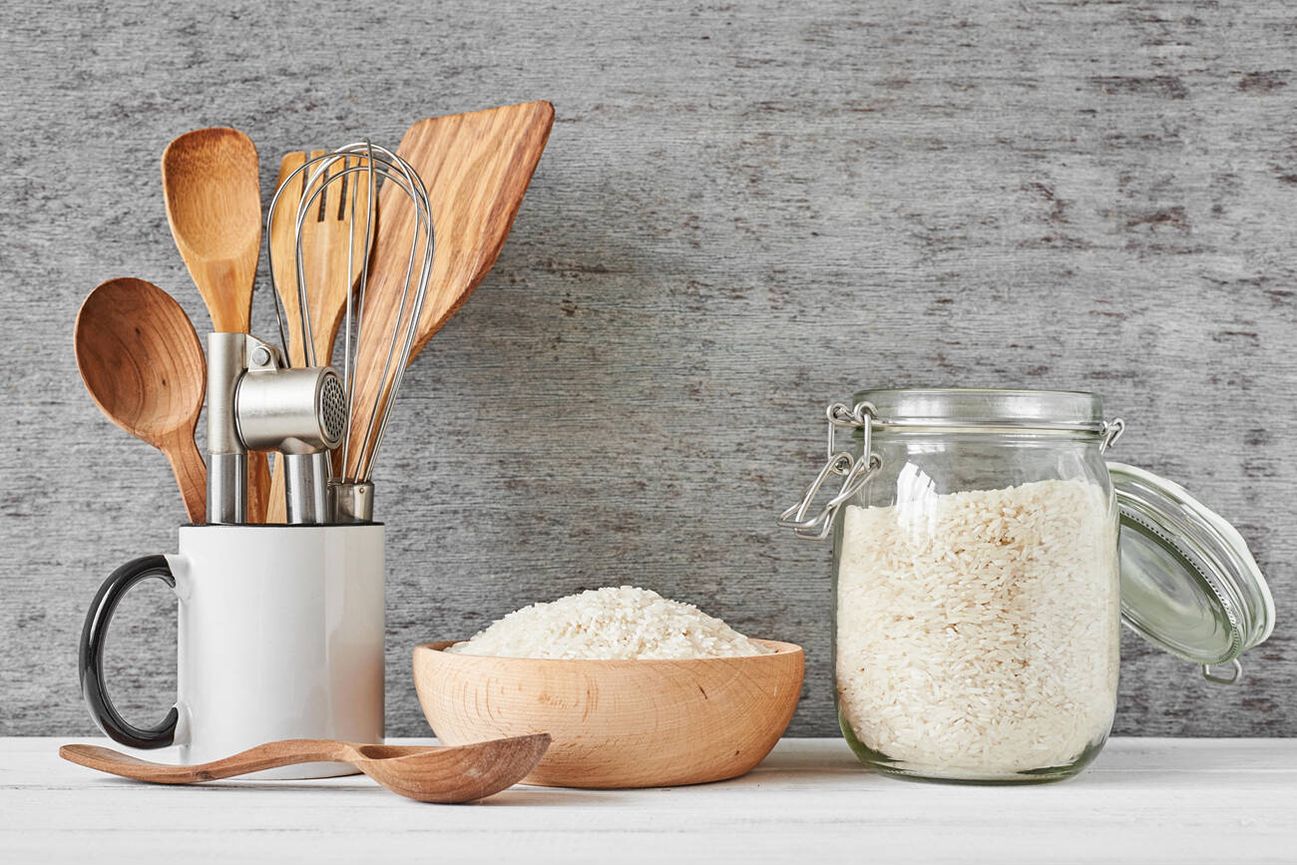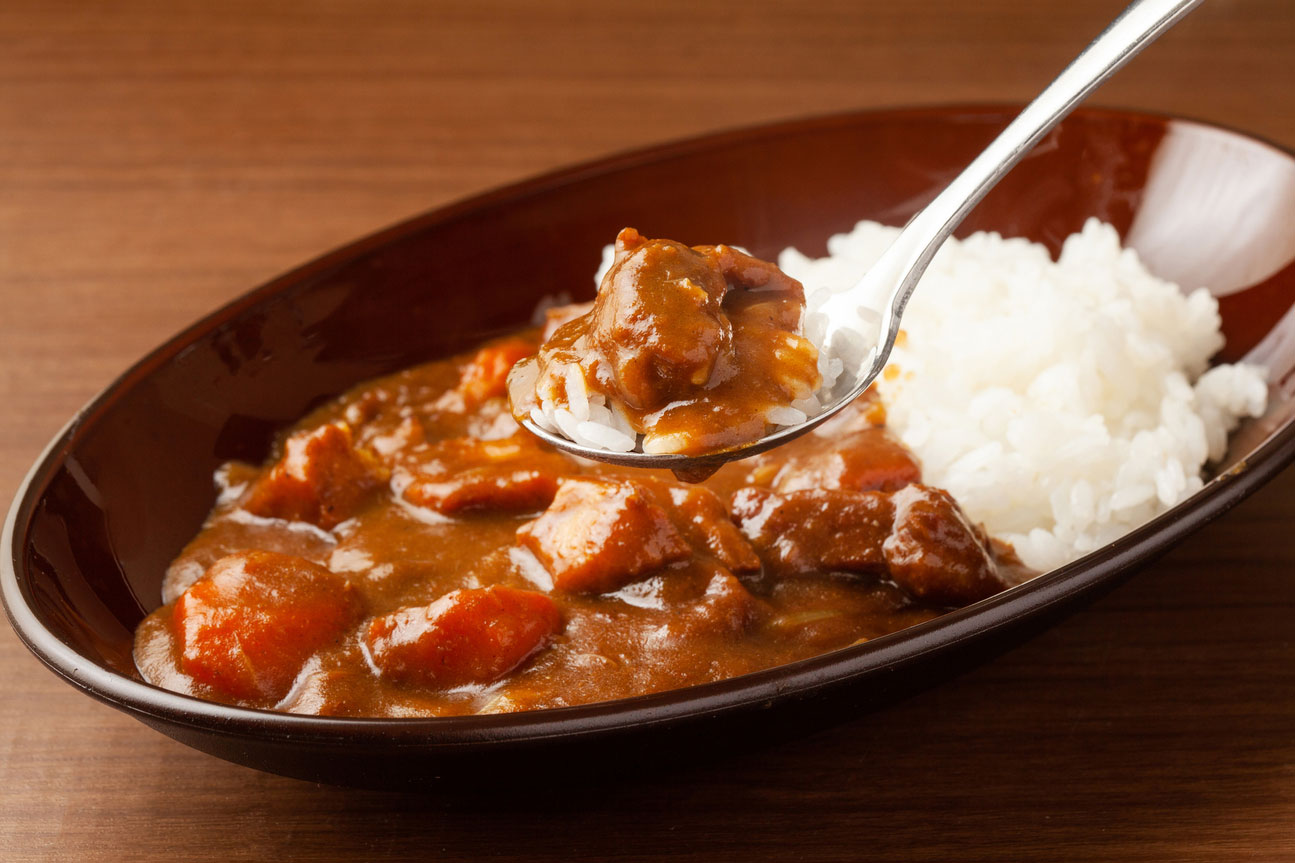
Iwate Prefecture: A Major Supplier to Japan’s Food Markets
In 2023, the New York Times travel section selected the city of Morioka placed second on a list of 52 Places to Go. The writer selected the city, he said, for its walkability, its mix of traditional and western architectural aesthetics, and its food culture. While many Japanese reacted with surprise at this choice, anyone who has spent any time in this capital of Iwate Prefecture would likely nod their heads in agreement.

The red brick former headquarters of the Bank of Iwate is a landmark in the city of Morioka.
Once a distant part of Japan’s northern Tohoku region, Morioka is now a short—little more than 2 hours—shinkansen train ride from Tokyo. That easy access opens the entire prefecture to visitors interested in exploring the charms found in the further reaches of Japan. The prefecture has much to offer, from rugged coasts and broad beaches to volcanic ranges and sprawling rice farms, and from secluded fishing villages to quaint castle towns.
Besides its scenic landscapes and historical sites, Iwate is also known for providing a variety of food products to the home kitchens and restaurants of Japan. To understand how the prefecture earned its place as one of the country’s leading food suppliers, we visited Chef Tsutomu Ishikawa at his Italian restaurant Don Ciccio in the fashionable Aoyama area of Tokyo. Born and raised in the town of Maesawa in southern Iwate, Ishikawa is a proud native son who takes every opportunity to promote the prefecture, and share the benefits of produce bred and grown there.

Chef Ishikawa, a native son of Maesawa in Iwate prefecture, at Don Ciccio, his Italian restaurant in the fashionable Aoyama district of Tokyo. “Iwate has so many wonderful features,” he says. “It’s natural scenery is spectacular, the people are incredibly hospitable, and it has many exciting activities, from skiing to soaking in hot springs.”
“I was surprised, too, when the Times article came out,” he says. “But I can see why foreigners would like it. It’s relaxed, not crowded, and a place where you feel like you’re in the midst of nature. And the food is very, very good.” As an example, he points to the popular “Three Great Noodles” of Morioka. On many visitors must eat list, these include the “all you can eat” wanko soba, the spicy, meaty, miso-flavored jajamen, and Morioka reimen, a chewy, cold noodle dish with a rich broth.
Ishikawa says that when he was growing up, he was unaware of how his diet compared to anywhere else. But after going to Tokyo in his teenage years, he quickly became aware of the high quality and tastiness of those local ingredients, including mushrooms, mountain vegetables, and fish—but, especially, the rice.
“Iwate rice is delicious,” he says. “You can actually savor its sweetness.” The water and soil are said to be the most important factors in producing high-quality rice, and Ishikawa thinks that the clean water that filters down from the mountains to the central plains, and the mineral-rich soil from the volcanic mountains is responsible. Iwate prefecture is known for its rice varieties that have received the highest “Special A” designation, a condition judged to have clean water at more than 90 percent of its locations.

Iwate Prefecture is one of Japan’s leading rice producers, known for a number of varieties, including the original brands, Kinironokaze and Ginganoshizuku.
He also believes the producers have something to do with it. “They don’t rest on their laurels,” he says. “Like all Iwate farmers, ranchers, distillers, and vintners in Iwate, they are constantly in search of new techniques and technology to improve the quality and taste of their produce.”
At Chef Ishikawa’s restaurant, we were served beef tagliata, a traditional Italian dish of grilled Shorthorn beef on a bed of fresh arugula and topped with slices of Parmigiano Reggiano. “This is a particular kind of beef that is raised on a ranch near Morioka, and it closely resembles Italian beef,” he says. “It’s meant to be chewed slowly, and the more you chew, the more the taste dissolves in your mouth.”

Beef tagliata is a traditional Italian dish on the menu at Don Ciccio. Flavorsome grilled beef from Iwate is served on a bed of wild arugula, topped with slices of parmesan and lemon juice.
The best Iwate cattle ranches, such as Iwate Farmers Meat, are famous for their way of raising their herds. “They keep the cattle from getting stressed,” says Ishikawa. “They get fresh water whenever they are thirsty, the straw under their feet is clean, and the ranchers do a lot of research into their diet and how the feed affects the taste of the beef. While cattle ranches were once known as smelly places, you’d be surprised today at the lack of any odors.”
Ishikawa’s hometown of Maesawa is located in the plain between two mountain ranges, and is surrounded by rice and vegetable farms, and—if you know where to look, mountain vegetables. When he was a child, one of his favorite dishes was a variety of mushroom called kotake mixed in rice. “It was a dish that to me feels like autumn,” he said. “We’d go into the mountains and harvest them, and eat them that night. Today, a kilogram of those would cost me ¥13,000 [about $90 US].”

Kotake mushrooms from Iwate are highly prized for their aromatic flavor and chewy texture.
There are all kinds of vegetables grown in central Iwate, some unusual, like a shriveled spinach called kanjime horenso and a carrot, called “yukinoshita ninjin” (snow buried carrot) that is harvested in winter from snow-covered soil. “It’s colder up north,” says Ishikawa, “so the vegetables have to be sturdy to survive. That gives them a rich taste, without a strong smell.” Another vegetable he recommends is fukinoto, an edible flower bud that he sometimes serves as fritto, a close resemblance to the tempura style favored in Japanese menus. “When I was a kid,” he says, “I thought it was bitter and didn’t like it. But one of my relatives served it to us as tempura recently, and it was fantastic!”

Kanjime horenso (spinach) grown in Iwate is known for its sweetness as well as its high sugar and vitamin content, said to be developed by fending off the cold temperatures of this northern region. (photo: Shin-Iwate Agricultural Cooperative)

Among the winter vegetables from Iwate are these yukinoshita (snow covered) carrots, harvested from snowy fields and known for their rich, deep flavor.

The delicate young buds of fukinoto, or Japanese butterbur, are usually chopped close to the ground, near the roots.

Chef Ishikawa serves the buds as Italian fritto, a dish similar to the more traditional method of deep frying for tempura (above). It is an ingredient for savoring as a taste of springtime in Japan.
He also uses hachimantai mushrooms from Iwate sometimes, which come both brown and white. They are very tasty, used in pasta, salads, and other dishes. “They’re very good raw,” Ishikawa says.

The cool, dry climate of Iwate prefecture produces brown and white mushrooms called Hachimantai Mushrooms that are firmer and more aromatic than those grown elsewhere.
No prefecture in Japan would be without its alcohol producers, and Iwate—blessed with the clear water that is as important to brewing and distilling as it is to rice production—has its share. Ishikawa mentions these areas, too, as being grounds for innovation and new technologies. For example, the rice used for some of the best-known sakes, Iwate Meijo, Nanbu Bijin, Washino-o, and Asakai are Ginginga and Gintome, two original varieties that are suitable for sake brewing, and were jointly developed by Iwate Prefecture, the Sake Brewers Association, and the Iwate Prefectural Industrial Technology Center.

The lineup of sakes produced by the Iwate Meijo distillery in the town of Oshu includes one that commemorates another native son, global baseball superstar Shohei Otani.
On the beer front, craft beers are represented by such breweries as Baeren Brewery and Sekino-Ichi Brewery, which produce classic and seasonal beers at its location in Iwate. Ishikawa sings its praises and compares its rise in quality to the local vineyards that are also making great strides in producing quality wines in recent years. “It’s fascinating to see the sudden rise of these local producers,” he says. “I had a spumante from a local vineyard recently that was excellent.”
The chef compares the situation to his days as chef of Italian cuisine. “When I started, there were only a handful of good Italian restaurants in Japan,” he says. “But now you could not even count the number, most of them started by Japanese who have traveled, apprenticed or worked overseas, and returned to Japan to refine what they learned.”
Finally, we asked Chef Ishikawa to describe Iwate in his own words and explain Iwate’s appeal. “First of all,” he says,” Iwate is larger than Tokyo, and the surrounding prefectures of Chiba, Kanagawa, and Saitama, all put together. It’s the second largest prefecture after Hokkaido, so it has everything: two mountain ranges, the Kitakami Plain with the Kitakami River running through it, and a long fertile coast. It has great soil, a temperature difference between day and night that is important for growing things. The coastal waters, fed with the runoff from the mountains are rich in plankton and, therefore, shellfish, sardines, squid, oysters, and larger fish like marlin. Most importantly, it has people determined to be the best at what they do, whether they are ranchers, farmers, brewers, or fishermen. I hope people from all over the world will come to Iwate and taste the variety of ingredients and flavors that make this northern prefecture so special.”

The Iwate beef featured in Chef Ishikawa’s tagliata is lean yet rich, the juicy flavors increasingly emerging as it is chewed.
BAEREN THE DAY TG PILSNER

Traditional Czech style pilsner with the use of fine aroma Saaz hop, for showing our big respect to the traditional way of European beer brewing, we use only malt and hop for ingredients, no corn or starch like major Japanese beer companies. Also by adapting the open fermenting tank, we make the liquid much attractive and reduce the stress to the sensitive beer yeast. Refreshing taste and fresh hop flavor enable you to feel the rich aftertaste and enjoy our super premium Japanese pilsner brewed by Japanese artisan.
Japanbese HerbAle Sansho

Japanese Herb Ale Sansho is a beer that uses sansho, one of the two major spices in Japanese cuisine, instead of aromatic hops. Craft beer with a Japanese flavor is popular overseas as well.
We won the 2014 Grand Prix in the Japanese Craft Beer Contest held by the Foreign Press Club of Japan. It also won a gold medal at the World Beer Awards.
Nanbu Bijin Tokubetsu Junmai

Fuji Apple aroma and gentle rice notes, juicy texture, well-balanced acidity with a rounded finish. Everybody's favorite!
Osyu no Ryu

Tokubetsu means "special" in Japanese, and designates a sake that shows the best of the brewery. This Tokubetsu Junmai was designed to complement Iwate Prefecture's famous Maesawa beef. A rich, dry,"chewy" sake, you'll smell and taste banana, citrus, and melon with noticeable umami and acidity. This "red meat" sake pairs nicely with steak, pork, and other richly flavored foods. This sake can be served chilled - but serving it hot truly accentuates its aroma and flavors. Kanpai!






